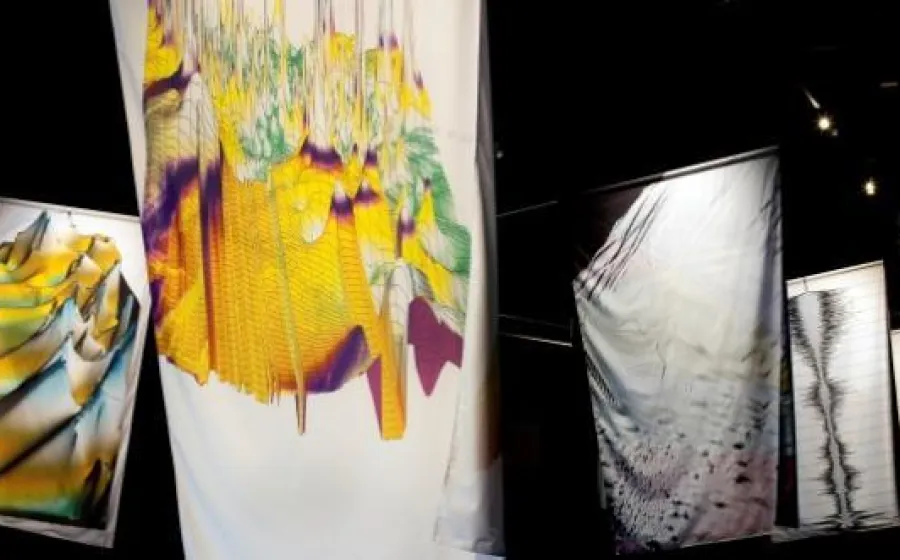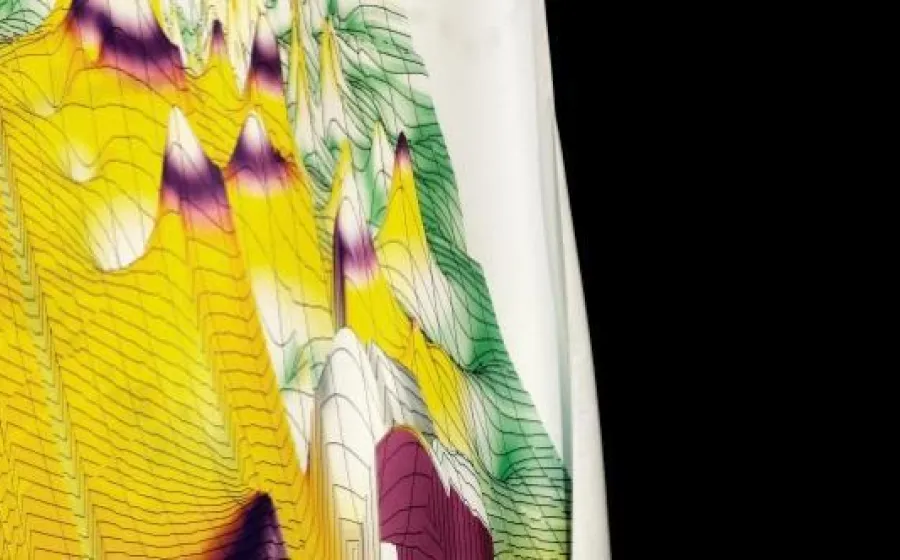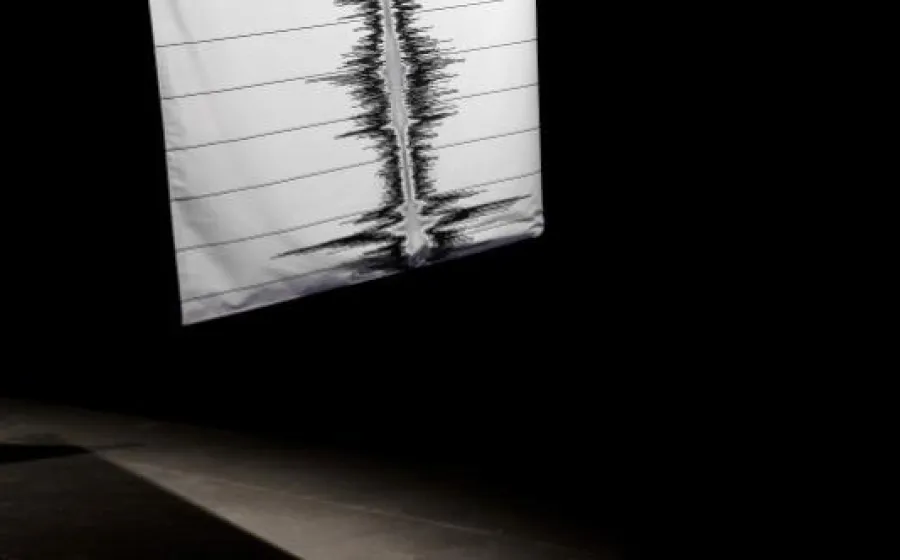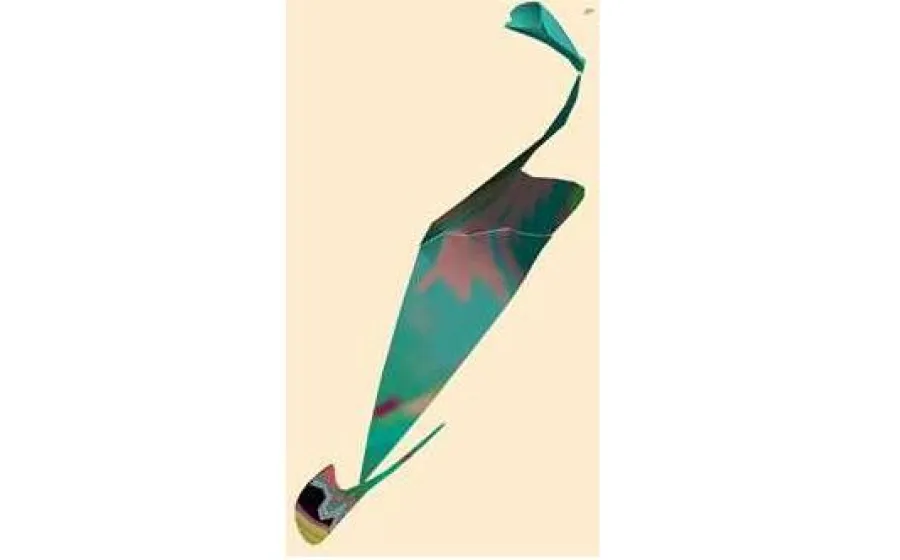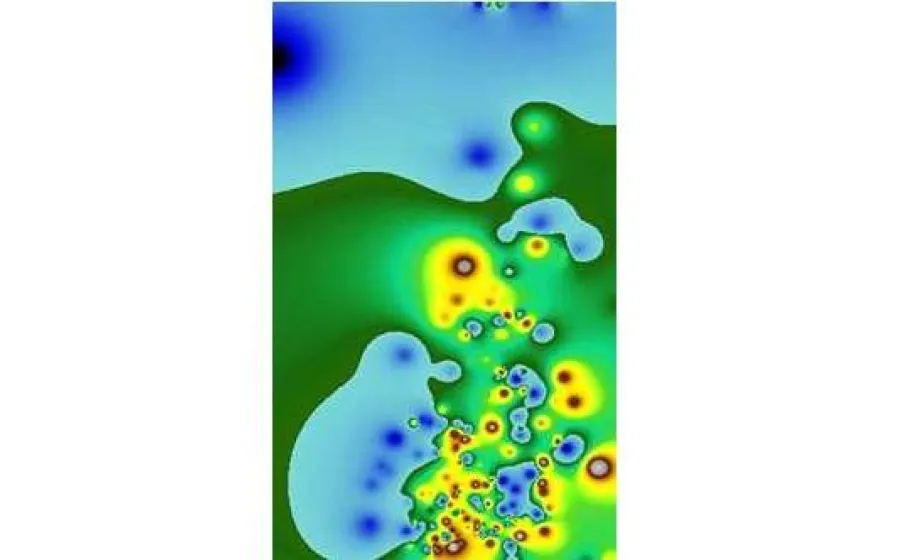FUKUSHIMA - FLORES DE INVIERNO
José María Sicilia
1/5
Date
14 November 2013
19 January 2014
Venue
Nave 16. Centro de residencias
Programme
Centre for Artists in Residence
At Matadero Madrid, José María Sicilia, a winner of Spain's National Plastic Arts award, brings us Fukushima. Winter Flowers, a series of pieces combining different techniques, materials and formats that reflect the events surrounding the huge earthquake and resulting tsunami of 11 March 2011 in the Tohoku region of Japan. The collection includes 14 pieces in flag form and two sculptures that the artist has created based on research he has carried out in the region in the aftermath of the disaster, along with a documentary describing the whole process. The exhibition depicts the fleeting moment, the memory, the ephemeral nature and, of course, the suffering and destruction caused by a natural disaster: a devastating earthquake and all of its consequences.
According to the text written for the occasion by the exhibition curator and director of contemporary culture programmes at Matadero Madrid, Carlota Álvarez Basso: “This EXHIBITION is the result of multiple EXPERIENCES motivated by an EXPEDITION undertaken by artist José María Sicilia to the very epicentre of the Fukushima disaster in Japan. It was an EXTREME journey, through which the artist hoped to gain insight into the drama lived by the people along Japan's Pacific coast who, in March 2011, suffered the nightmare scenario of a powerful earthquake followed by a tsunami. Maybe art could help them to better understand that collective trauma, to EXPRESS their feelings and LET OUT their emotions. Thus, these STRANGE works, eminently EXPERIMENTAL in nature, are the product of his fieldwork in and around the region of Tohuku. They are the fallout of a mission to gather facts, clues and traces of private memories undertaken by a FOREIGN artist who approached a tragedy suffered by others in a quest for greater understanding. This is the key for UNLOCKING the exhibition”.
A large part of the works have been created based upon a fleeting, yet recordable element: the sound of the precise moment when the devastating force of the earthquake and tsunami was unleashed, captured by a beacon pertaining to the Polytechnic University of Barcelona and also stored in thousands of documents available on the Net: warning messages and the voices of men, women and children at that precise instant. Other data, such as the temperature, the atmospheric pressure, the water level and the radioactivity at reactor number 1 of the Fukushima nuclear power plant have been used for this artistic creation: objective data on transient phenomena in an attempt to express the inexpressible. As critic Antonio Lucas puts it, “in this latest leg of the journey that is Fukushima – Winter Flowers, Sicilia delves more deeply into its language (…) This is an artist who asks questions, who refuses to accept moulds and feels the need to break down formats”. In the words of the artist himself, “My job involves the desire to understand. It is not my intention to create a work of compassion”.
Together with Miquel Barceló and Miguel Ángel Campano, Sicilia is one of the most significant representatives of 1980s Spanish art. Winner of Spain's National Plastic Arts award in 1989, his work has drifted toward the exploration of endless techniques and formats in uncharted territory. For several years now, the research undertaken by José María Sicilia (1954), one of the most unique artists of Spain's contemporary artistic panorama, is aimed at deciphering the language of the things he is most interested in. To that end, he works with sound recordings which he then uses to create a visual projection of that language.
The exhibition, which in Madrid is being run by Matadero Madrid and Acción Cultural Española, is part of the events being held to mark Dual-Year Spain-Japan. To commemorate this special year, in October Acción Cultural Española opened the exhibition at the Fukushima Prefectural Art Museum, where it will stay until 1 December before moving to the Spanish Embassy in Tokyo where it will remain until March 2014.
Free App
Available at App Store. iPad version
José María Sicilia. Fukushima. Flores de Invierno
According to the text written for the occasion by the exhibition curator and director of contemporary culture programmes at Matadero Madrid, Carlota Álvarez Basso: “This EXHIBITION is the result of multiple EXPERIENCES motivated by an EXPEDITION undertaken by artist José María Sicilia to the very epicentre of the Fukushima disaster in Japan. It was an EXTREME journey, through which the artist hoped to gain insight into the drama lived by the people along Japan's Pacific coast who, in March 2011, suffered the nightmare scenario of a powerful earthquake followed by a tsunami. Maybe art could help them to better understand that collective trauma, to EXPRESS their feelings and LET OUT their emotions. Thus, these STRANGE works, eminently EXPERIMENTAL in nature, are the product of his fieldwork in and around the region of Tohuku. They are the fallout of a mission to gather facts, clues and traces of private memories undertaken by a FOREIGN artist who approached a tragedy suffered by others in a quest for greater understanding. This is the key for UNLOCKING the exhibition”.
A large part of the works have been created based upon a fleeting, yet recordable element: the sound of the precise moment when the devastating force of the earthquake and tsunami was unleashed, captured by a beacon pertaining to the Polytechnic University of Barcelona and also stored in thousands of documents available on the Net: warning messages and the voices of men, women and children at that precise instant. Other data, such as the temperature, the atmospheric pressure, the water level and the radioactivity at reactor number 1 of the Fukushima nuclear power plant have been used for this artistic creation: objective data on transient phenomena in an attempt to express the inexpressible. As critic Antonio Lucas puts it, “in this latest leg of the journey that is Fukushima – Winter Flowers, Sicilia delves more deeply into its language (…) This is an artist who asks questions, who refuses to accept moulds and feels the need to break down formats”. In the words of the artist himself, “My job involves the desire to understand. It is not my intention to create a work of compassion”.
Together with Miquel Barceló and Miguel Ángel Campano, Sicilia is one of the most significant representatives of 1980s Spanish art. Winner of Spain's National Plastic Arts award in 1989, his work has drifted toward the exploration of endless techniques and formats in uncharted territory. For several years now, the research undertaken by José María Sicilia (1954), one of the most unique artists of Spain's contemporary artistic panorama, is aimed at deciphering the language of the things he is most interested in. To that end, he works with sound recordings which he then uses to create a visual projection of that language.
The exhibition, which in Madrid is being run by Matadero Madrid and Acción Cultural Española, is part of the events being held to mark Dual-Year Spain-Japan. To commemorate this special year, in October Acción Cultural Española opened the exhibition at the Fukushima Prefectural Art Museum, where it will stay until 1 December before moving to the Spanish Embassy in Tokyo where it will remain until March 2014.
Free App
Available at App Store. iPad version
José María Sicilia. Fukushima. Flores de Invierno

